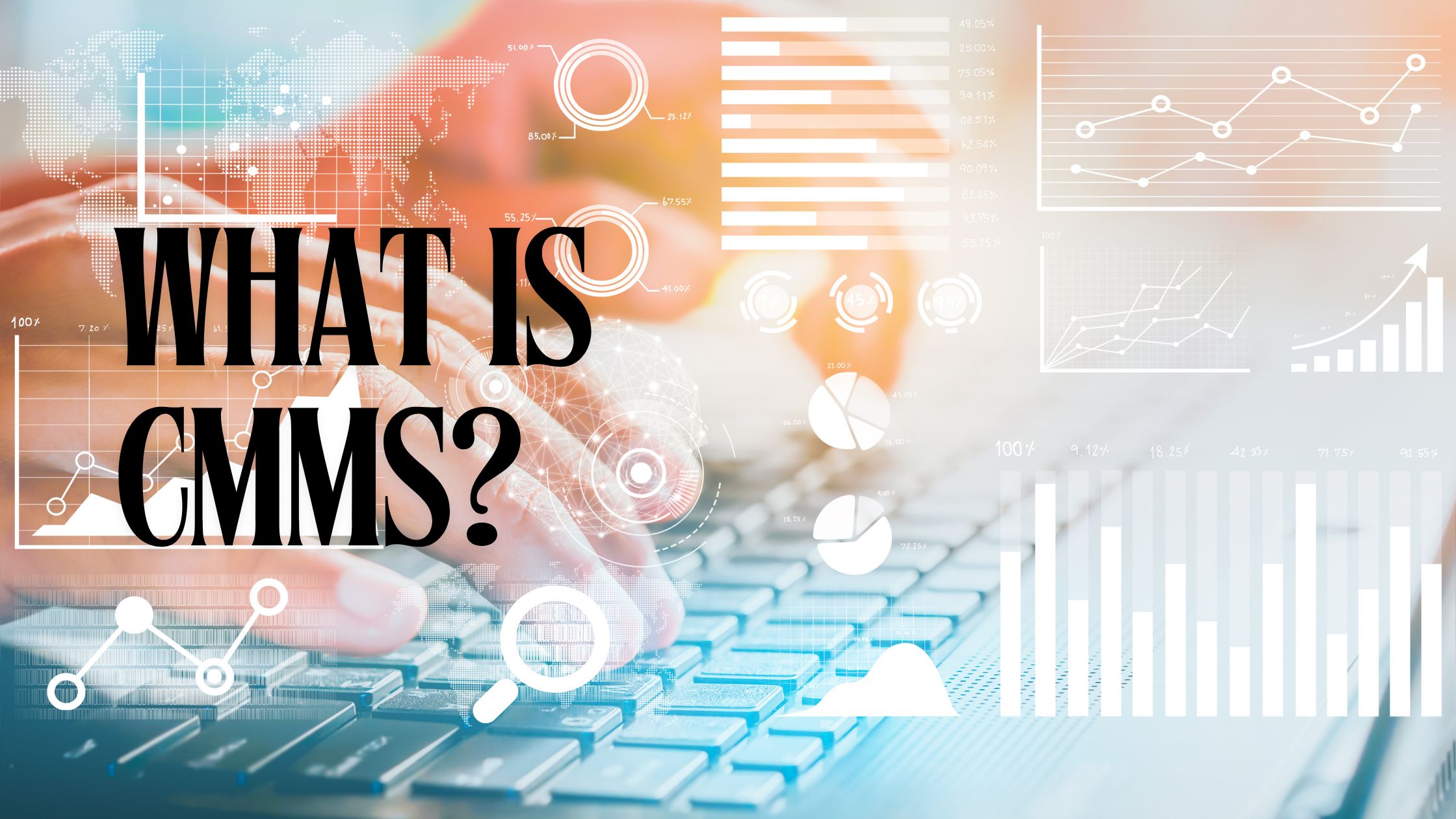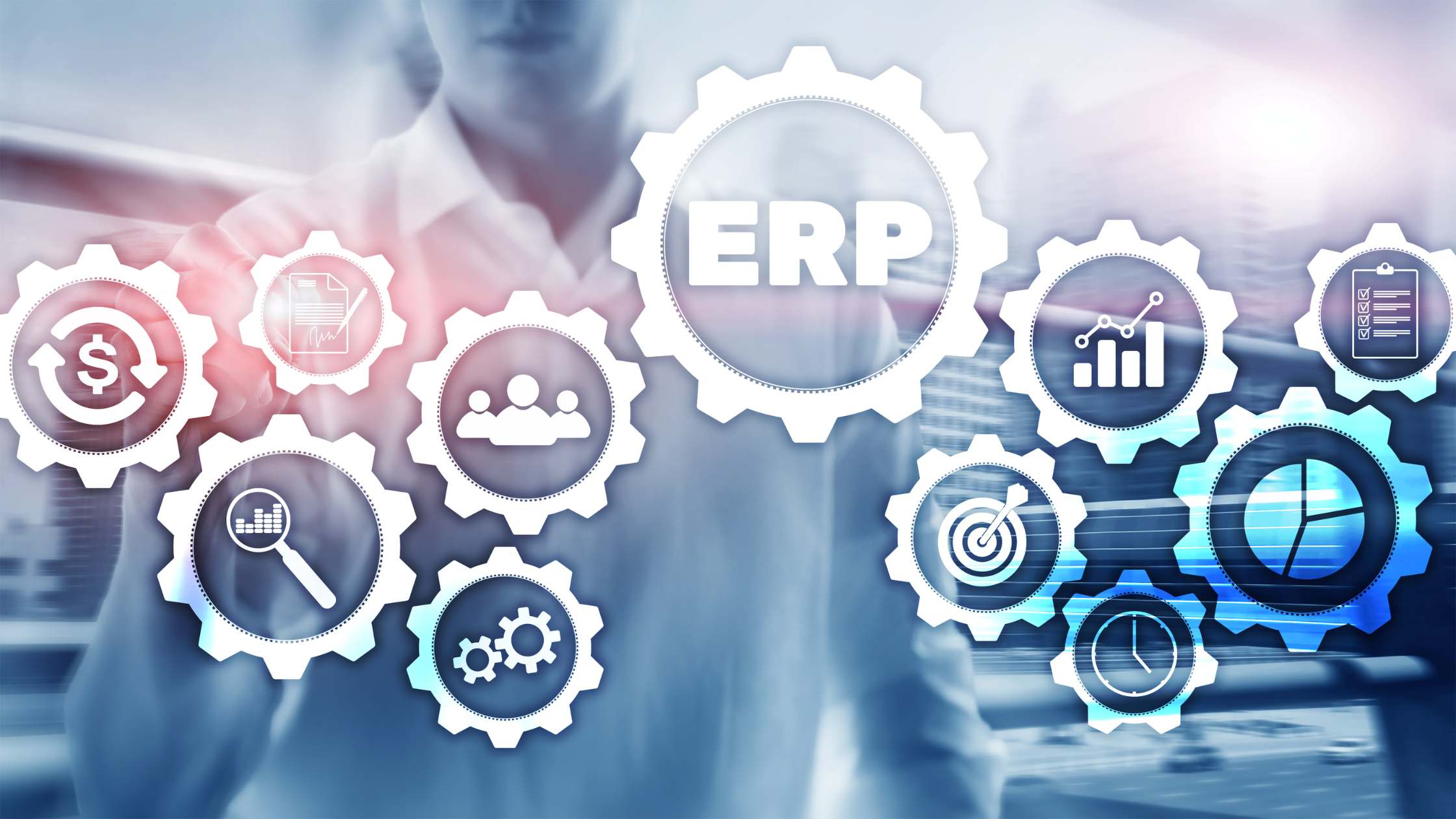
What is CMMS?
Understanding the Basics
A Computerized Maintenance Management System (CMMS) is a solution that simplifies maintenance operations. Serving as a centralized hub for crucial asset data and maintenance processes, CMMS enhances the availability and efficiency of various physical assets like machinery, vehicles, infrastructures and communications.
A CMMS aids maintenance professionals in streamlining processes, efficient planning, effortless task tracking and optimizing asset utilization across a large scale of industries. The range of industries includes manufacturing, oil and gas, power generation, construction, and transportation.
CMMS platforms play a vital role in understanding when maintenance is necessary based on the equipment performance, helping businesses stay ahead with proactive maintenance strategies. This helps improve equipment longevity while guaranteeing maximum utilization of cost-effective capital expenditure and ensuring smooth operations.
Understanding the CMMS functionality
CMMS operates as a data-centric solution, with work orders serving as the primary information source that helps track maintenance orders and schedule tasks. In the process, once an order is created, the system processes & maintains the critical data. These work orders contain crucial maintenance details such as parts used, associated costs, repair durations, and completion time. Subsequently, this data hence transformed into reports is utilized by maintenance managers and department heads for informed decision-making.
Whenever a maintenance or an equipment-related service request is initiated, CMMS is utilized to generate a work order. Additionally, recurring orders may be established for preventive maintenance tasks and inspections. Some systems can even automatically create orders based on sensor data. Once technicians complete an order, it is closed out, and the pertinent data is logged into the system including their comments ,observations and changes done by them, thus facilitating the generation of historical reports useful for future planning.
Another factor that adds to CMMS’s advantage is its mobile app interface. It can help optimize the entire maintenance workflow by enabling technicians to access and update work order information onsite – with photos , videos and voice notes. This capability improves responsiveness, minimizes travel time and increases adoption among technicians. Through integrations with sensors and other monitoring tools, CMMS lets maintenance professionals keep 24×7 surveillance on machine health and conditions. This helps maintenance teams manage their workflows and minimize downtime considerably.
Every organization has its own maintenance workflows, asset-related data and organization structure and the key role of CMMS is to act as a digital transformation tool enabling the entire organization to collaborate to perform activities and resolve facility as well as equipment related issues without having to change organization’s current processes. Ease of use that the CMMS softwares provides are essential to keep the processes running smoothly and enabling constant training or updates whenever needed.
The standout features that make CMMS ideal for maintenance operations:
At the core of a CMMS lies its database that organizes crucial information about assets, materials, and resources. This database supports several key features that makes CMMS special:
- Asset Management
A CMMS solution lets you access and share detailed asset information, including manufacturer details, performance statistics, associated documentation, and IoT instrumentation availability.
- Facility Management
CMMS helps you extend beyond just maintenance with features like occupancy tracking, resource allocation, environment monitoring, energy management, and asset lifecycle management.
- Managing Multiple Sites
CMMS software is the answer to your centralization worries. It helps you to oversee operations across multiple sites. This ensures uniformity in maintenance strategies and facilitates the creation of detailed global reports.
- Work Order Management
CMMS helps you automate work order creation based on time, usage, or triggered events. It helps you manage the repairs, replacements, and scheduled tasks, and optimize preventive maintenance.
- Materials and Inventory Management
Efficiently manage inventory, track costs and automate resupply of parts, equipment with CMMS. This helps in streamlining material distribution across facilities.
- Reporting, Analysis, and Auditing
Generate detailed reports across maintenance categories with the help of CMMS. Analyze data to understand asset performance trends, and organize information for audits.
- Resource and Labor Management
Use the amazing tools by CMMS to efficiently track and manage available employees and equipment certifications. With CMMS you can assign tasks, organize shifts, and manage pay rates from a single dashboard.
- Streamlining Integrations:
Efficiently merge all your asset data from current IoT, EAM, APM, and ERP systems, helping you seamlessly integrate your CMMS with core business software, ranging from SAP to Power BI.
Conclusion
CMMS is a catalyst that drives maintenance excellence helping organizations take advantage and utilize every advancement in the tech sector and build a formidable team. By leveraging CMMS software like Nexcilo effectively, organizations can streamline operations, optimize asset performance, and drive business success in the modern era of maintenance management. The fact that AI has taken deep rooted roles in every department of digital technology, it is inevitable that organizations and businesses, be it small or large scale, invest in AI-enabled software like Nexcilo to make that jump to the next level and taste success sooner than ever.




